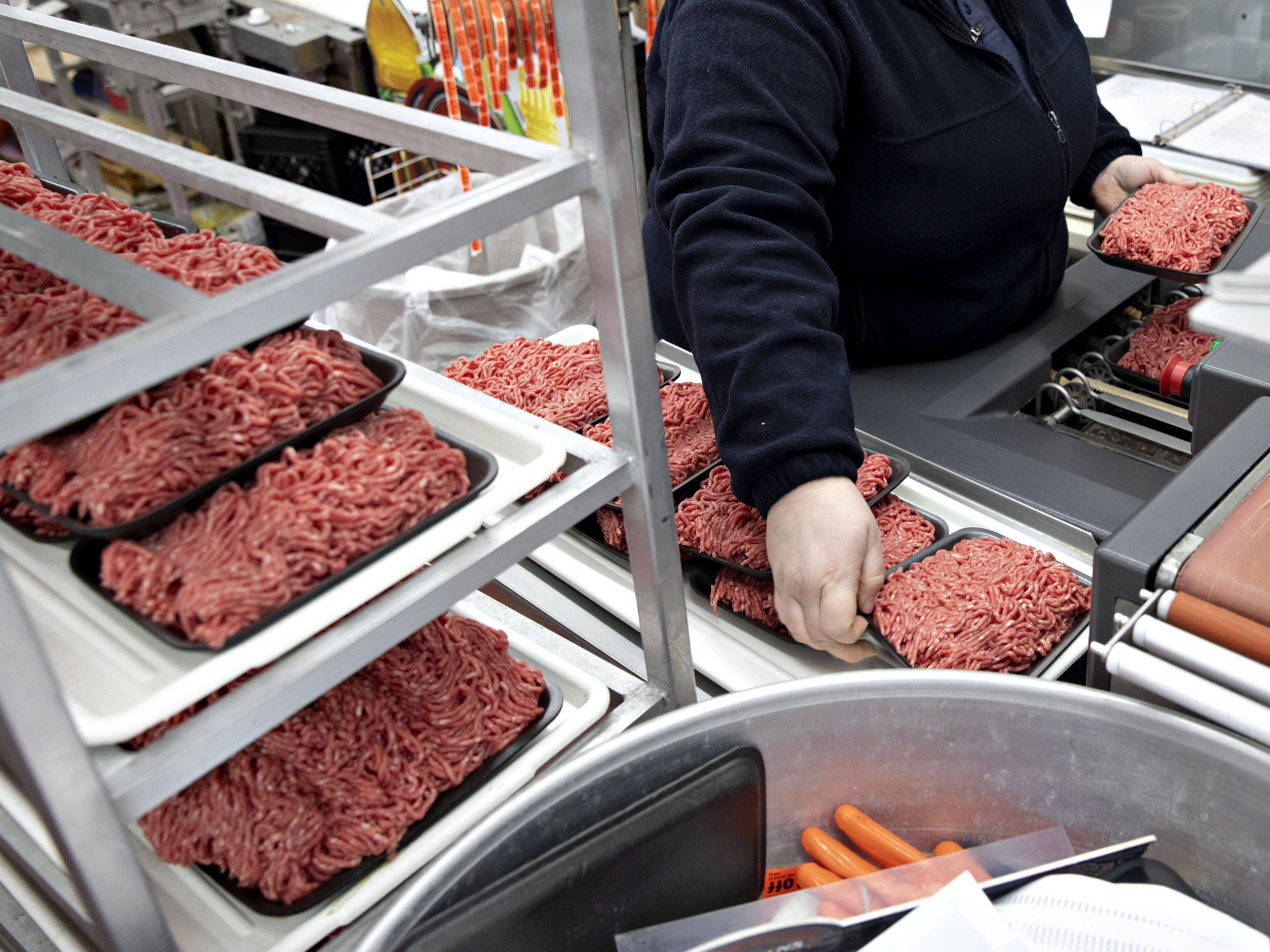
The Food Industry Needs a Shot of Resilience This Year
It’s not uncommon for high-value items to sell out upon release, causing nationwide shortages as consumers eagerly await the next shipment. Few would have expected the same to occur for dry pasta and canned goods, but that was the result of the COVID-19 pandemic: a mad dash by consumers to acquire essential items while remaining socially distant.
The fallout has led to several supply-chain challenges that have required retailers to quickly develop omnichannel shopping experiences and multi-vendor strategies. Businesses also have had to reconsider how they plan for demand expectations, which were completely upended in 2020.
While it might have been tempting to acquire additional shipments to cover the most popular categories, there were no guarantees that they wouldn’t ultimately exceed the quantities that shoppers desired. In that scenario, retailers would have been forced to reduce the price or hold onto items longer than anticipated, an outcome few would be willing to accept. This has made planning one of the most difficult tasks to manage. And with no end to the pandemic in sight, those challenges are likely to remain for the foreseeable future.
There’s no telling what the next few months will bring, but food and beverage companies should take a moment to reflect on the challenges they faced in 2020, and plan for disruptions in 2021.
The demand for omnichannel experiences is stronger than ever, but challenges remain. With rising shipping costs cutting into the bottom line, and carrier limits dictating how and when items are picked up and delivered, shipping channels continue to feel pressure. Those pressures are unlikely to be alleviated in 2021, thanks to a growing demand for omnichannel experiences. It was stronger than ever in 2020, but became a prominent segment long before the pandemic.
According to the National Retail Federation, 142.2 million people shopped on retailers’ websites during Black Friday 2019. That's roughly 18 million more than the number of people who shopped in stores, though most (75.7 million) used both online and in-person channels. With the pandemic keeping many consumers at home, the number of online-only shoppers increased 44% in 2020, reaching 95.7 million.
Businesses that weren’t already equipped to manage multiple sales channels struggled to manage the trend of going direct to consumer. In an era of social distancing, this trend was particularly important as food consumption shifted primarily to at-home, with minimal restaurant dining available. Food and beverage companies were also challenged when relying on a single carrier for shipments. They quickly found that the only way to address this challenge was to integrate multiple carriers into their network, so they could achieve the flexibility they needed regardless of carrier limitations or rising shipping costs.
In addition to using multiple carriers, more businesses also started to rely on multiple vendors. In an effort to quickly respond to changes in supply and demand, food and beverage companies began sourcing more raw materials locally. There were challenges in doing this; local and regional supply chains require more players, increasing complexity and costs. However, the transition gave food and beverage producers more control over inventory and moved product closer to the end consumer. This enabled many firms to successfully improve their supply chain resiliency, by revisiting strategies to source ingredients from multiple vendors instead of relying on a single provider.
Bolstered by a pandemic that transitioned the world to homebound living and working, online grocery shopping grew by 110% in daily online sales compared with the previous year. As a result, many food and beverage companies continue to face carrier limitations and shipping costs, and have been forced to integrate omnichannel sales experiences, as well as multi-vendor and multi-carrier strategies.
While these challenges may have seemed to overwhelm the industry at the start of the pandemic, food and beverage providers have since learned that these issues can be addressed through technology. By relying on tools that provide seamless access to historical and financial data; omnichannel support including e-commerce, B2B, direct-to-consumer, and electronic data interchange (EDI), the industry can come out stronger than it was before the current climate.
Technology can continue to strengthen its position. By using historical data to analyze vendor performance, price, and quality, businesses will be able to revisit their sourcing strategies and mitigate risks of supply-chain disruption. And they’ll better handle the progression of the pandemic as new COVID-19 cases rise and fall. Data has been, and will continue to be, invaluable in determining expenses associated with materials, production, and shipping, as well as margins achieved, particularly as firms look to rationalize their product ranges.
There’s little doubt that the changes ushered in the pandemic are here to stay. But by strengthening their positions in the market, food and beverage companies can persevere with greater resiliency. This will ensure that they’re less susceptible to the disruptions of tomorrow, regardless of the forms they may take.
Scott Deakins is chief operating officer of Deacom.
